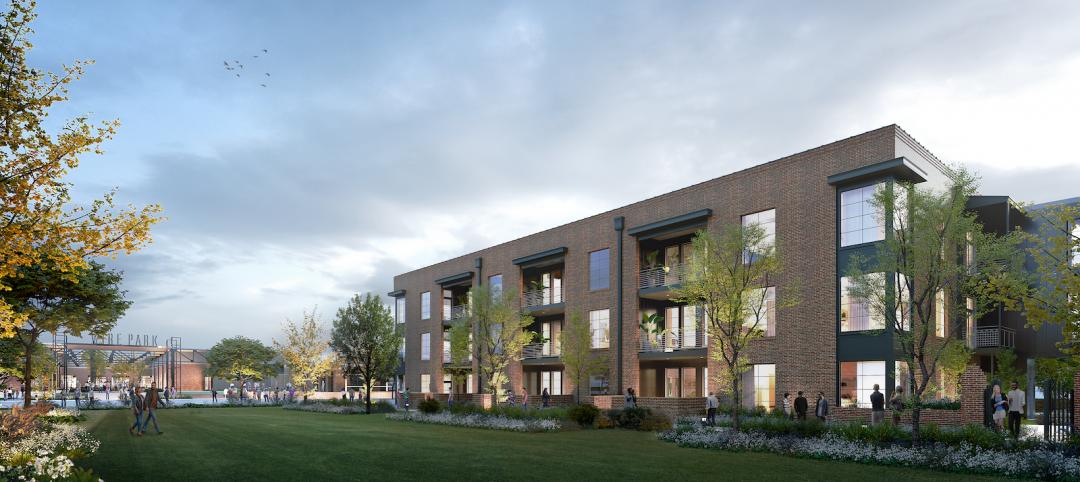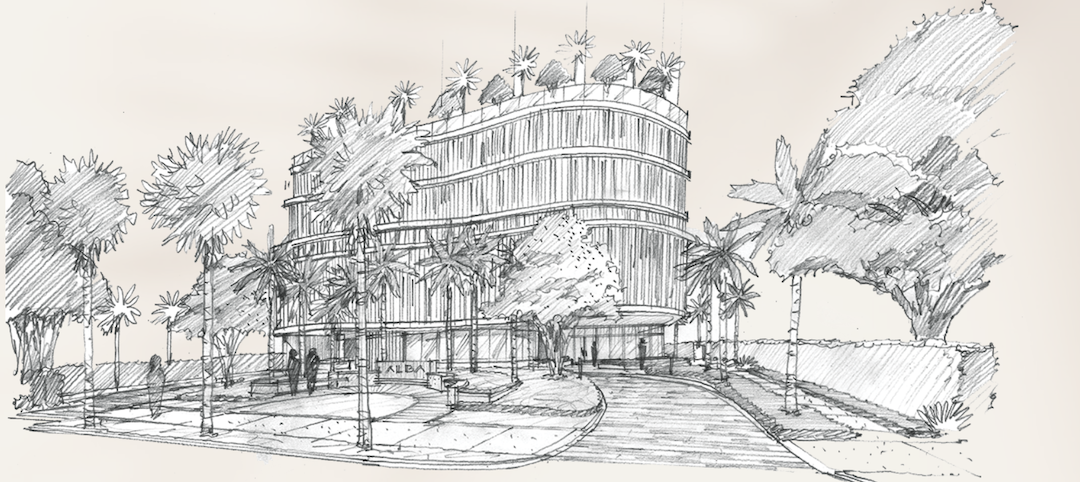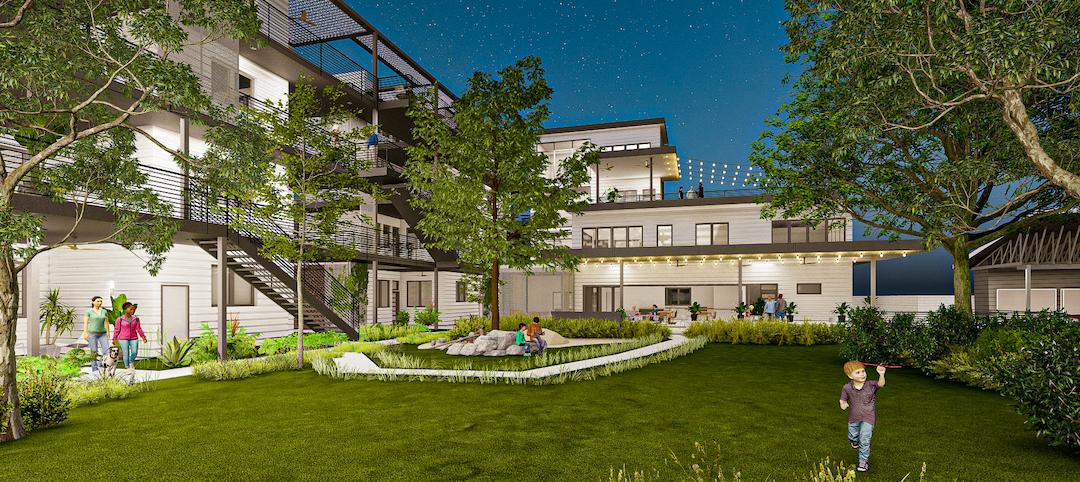The volatile U.S. multifamily housing market has returned to pre-recession investment levels, driven largely by Millennials putting off home-buying and settling for rentals, but in the long term it will be baby boomers that will drive the market as they downsize, according to the Kansas City Federal Reserve.
Millennials, those born between 1980 and 2000, have shown strong interest in apartments as the economy has recovered, partly because of a preference for city living but also because they are delaying marrying and having children due to debt and unemployment.
Kansas City Fed senior economist Jordan Rappaport wrote in a report that the share of young-adult households renting apartments in multifamily units decreased from 2000 to 2007 when looser mortgage credit standards and expectations of rising house prices made home ownership more attractive, but the share has since returned to normal levels.
Older Americans, meanwhile, are "increasingly downsizing" to apartments, generally beginning around age 70 and doing so more often by age 75, Rappaport wrote.
The oldest baby boomers will turn 70 next year, and the number of Americans aged 70 and older will increase by more than 20 million in the next 15 years, the Census Bureau projects.
"In consequence, multifamily home construction is likely to continue to grow at a healthy rate through the end of the decade and thereafter remain well above its level prior to the housing crisis," the report said.
Building permits for the multifamily segment soared 24.9% in May, and permits for buildings with five or more units reached their highest level since January 1990.
The report said that builders would need to adapt to the changing trends because while millenials lived in compact city spaces, older buyers tended to want more space and amenities.
(Reporting by Megan Cassella; Editing by Andrea Ricci © Copyright Thomson Reuters 2015)
Related Stories
Projects | Mar 2, 2022
Manufacturing plant gets second life as a mixed-use development
Wire Park, a mixed-use development being built near Athens, Ga., will feature 130 residential units plus 225,000 square feet of commercial, office, and retail space. About an hour east of downtown Atlanta, the 66-acre development also will boast expansive public greenspace.
Multifamily Housing | Feb 25, 2022
First set of multifamily properties achieve BREEAM certification in the U.S.
WashREIT says it has achieved certification on eight multifamily assets under BREEAM’s In-Use certification standard.
Multifamily Housing | Feb 24, 2022
First new, mixed-use high-rise in Detroit’s central business district in nearly 30 years opens
City Club Apartments completed two multifamily projects in 2021 in downtown Detroit including the first new, mixed-use high-rise in Detroit’s central business district in nearly 30 years.
Codes and Standards | Feb 21, 2022
More bad news on sea level rise for U.S. coastal areas
A new government report predicts sea levels in the U.S. of 10 to 12 inches higher by 2050, with some major cities on the East and Gulf coasts experiencing damaging floods even on sunny days.
Urban Planning | Feb 14, 2022
5 steps to remake suburbs into green communities where people want to live, work, and play
Stantec's John Bachmann offers proven tactic for retrofitting communities for success in the post-COVID era.
Senior Living Design | Feb 11, 2022
Design for senior living: A chat with Rocky Berg, AIA
Rob Cassidy, Editor of MULTIFAMILY Design + Construction, chats with Rocky Berg, AIA, Principal with Dallas architecture firm three, about how to design senior living communities to meet the needs of the owner, seniors, their families, and staff.
Multifamily Housing | Feb 8, 2022
Suffolk to build Alba Palm Beach
The project will feature 55 residences.
| Feb 4, 2022
New apartment complex Dixon Place honors the history of Salt Lake City
Salt Lake City’s Sugar House neighborhood has been experiencing somewhat of a renaissance as of late, and the opening of new apartment community Dixon Place continues that trend. MVE + Partners took leadership in the design of the 59-unit, Class A development.
Sponsored | Steel Buildings | Jan 25, 2022
Multifamily + Hospitality: Benefits of building in long-span composite floor systems
Long-span composite floor systems provide unique advantages in the construction of multi-family and hospitality facilities. This introductory course explains what composite deck is, how it works, what typical composite deck profiles look like and provides guidelines for using composite floor systems. This is a nano unit course.
Multifamily Housing | Jan 20, 2022
Texas’ first cohousing residential community breaks ground in East End Houston
The design will include sustainability elements.
















